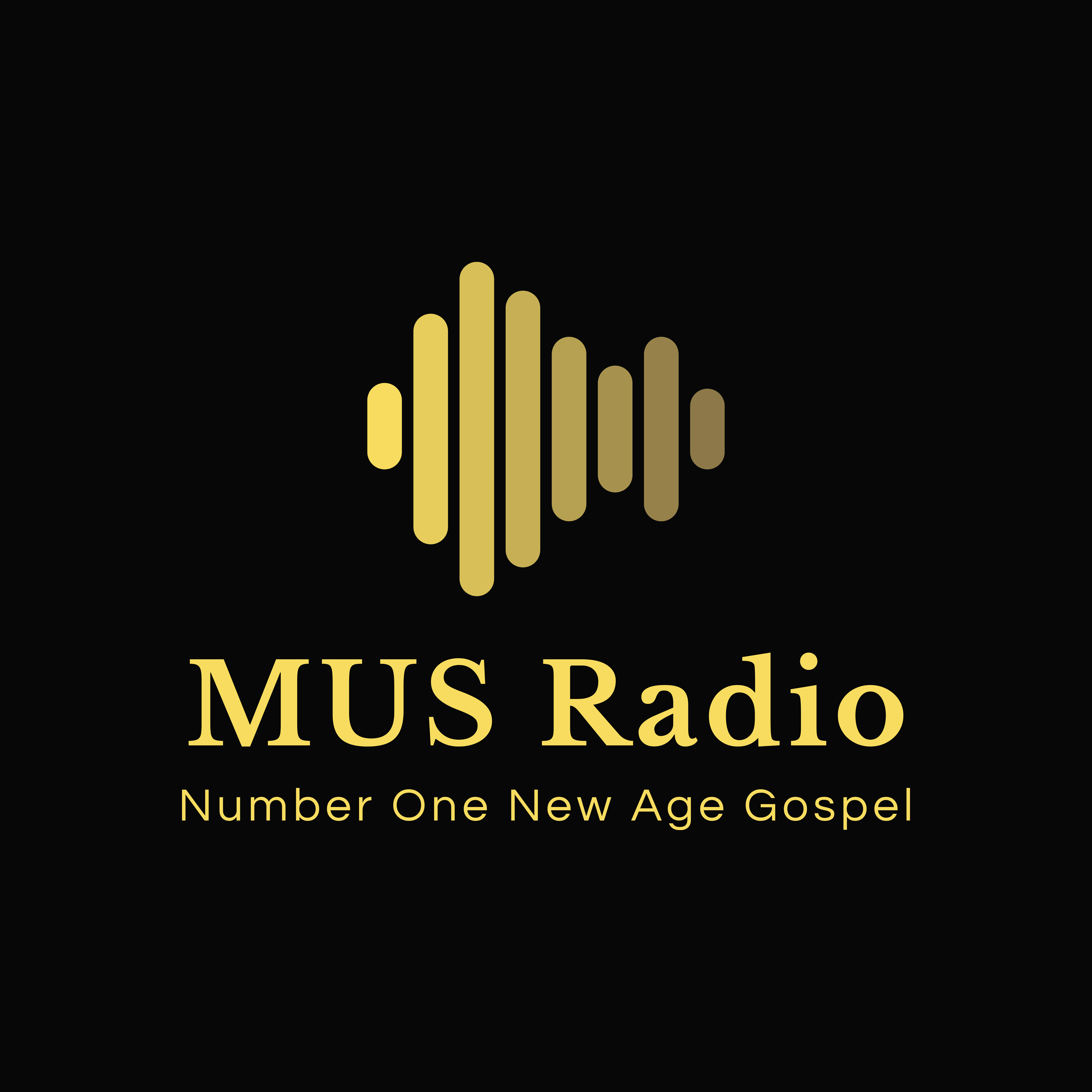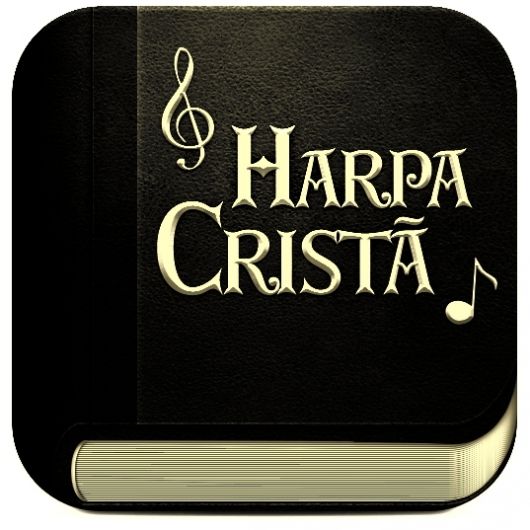
Southern used all-male, tenor-lead-baritone-bass quartets. It has also come to be used in churches of various other cultural traditions (especially within Pentecostalism) and, via the gospel choir phenomenon spearheaded by Thomas Dorsey, has become a form of musical devotion worldwide. The styles emerged from the African-American music and American folk music traditions and have evolved in various ways over the years, continuing to form the basis of Black church worship even today. īlack and Southern gospel music are largely responsible for gospel's continued presence in contemporary Christian music, with soul music by far the best-known popular music variant. Following World War II, gospel music moved into major auditoriums, and gospel music concerts became quite elaborate. The advent of radio in the 1920s greatly increased the audience for gospel music. Gabriel, William Howard Doane, and Fanny Crosby. The original gospel songs were written and composed by authors such as George F. The first published use of the term "gospel song" probably appeared in 1874. Most of the churches relied on hand-clapping and foot-stomping as rhythmic accompaniment. Hymns and sacred songs were often repeated in a call and response fashion, heavily influenced by ancestral African music.

Gospel music can be traced to the early 17th century.

Gospel music is characterized by dominant vocals and strong use of harmony with Christian lyrics. Gospel music is composed and performed for many purposes, including aesthetic pleasure, religious or ceremonial purposes, and as an entertainment product for the marketplace.

The creation, performance, significance, and even the definition of gospel music varies according to culture and social context. Gospel music is a traditional genre of Christian music, and a cornerstone of Christian media.


 0 kommentar(er)
0 kommentar(er)
